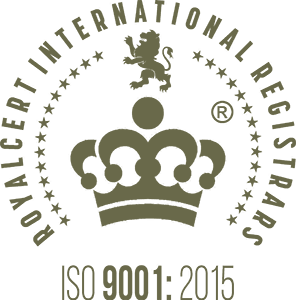Is the Middle East a significant MRO opportunity? The answer is a resounding yes.
WHAT DOES THE MIDDLE EASTERN FLEET LOOK LIKE IN 2022?
The Middle East’s civilian MRO (maintenance, repair, operations), market is estimated to be worth over US$11B by 2027. The region is home to the world’s 4th largest in-service fleet of aircraft with 1200 planes (North America is the largest with 7,700). By 2030, the regional fleet may have grown by another 1000. With over 500 aircraft (and over 100 on order), the UAE accounts for just under half of the regional fleet and 25% of the regional MRO market.
WHAT ABOUT 2027?
Before the pandemic, due to the region’s outsize dependence on international travel, widebodies accounted for over 50 percent of the Middle East’s fleet (vs only 21 percent of the global fleet). Now regional travel has pulled well ahead. Along with demands for cleaner travel, this is accelerating the trend towards investments in new, fuel efficient narrow-bodies. Older, fuel-inefficient, wide bodies are being retired. Narrow-bodies are expected to account for more than half the Middle East’s in-service fleet by 2030 including 700 currently on order. The balance is therefore shifting towards new narrow-body (single-aisle) planes. The pandemic has telescoped a process of transition that had already begun.
WHAT DOES THIS MEAN FOR REGIONAL MRO DEMAND?
The UAE and Saudi Arabia are planning to invest over US$200B in the MRO industry over the next ten years. But the Middle East has primarily served as an international hub flying wide-body planes. In the post pandemic world, it is primarily regional travel that is picking up (Dubai and Riyadh emerged as the world’s busiest international airline route in December 2021 as well as February 2022) which is in turn driving demand for narrow body planes. “Because of [the international] dependence, the Middle East MRO market is not expected to recover until late 2024,” says Andre Martins, Head of IMEA Transportation & Services, Oliver Wyman.
Regional MRO is also benefiting from a trend towards capacity onshoring. This, according to Oliver Wyman, is a direct response to the disruption to global supply chains caused by the pandemic. More recent geopolitical events have only served to highlight the need for “airlines and aerospace manufacturers to maintain a decent amount of capacity that cannot be taken out of the mix by trade wars or sudden travel restrictions.” There will be a definite and significant push towards investments in national and regional MRO capacity.
Once international demand picks up, young fleets take off (forecast to reach CAGR of over 4.7% between 2024 and 2032), Oliver Wyman expect Middle East MRO to grow by over 4.8% annually.
Combined with a trends towards building national and regional capacity, the potential MRO opportunity in the Middle East is huge. The time to invest in anticipation of a surge in demand further along the recovery curve, is now.



